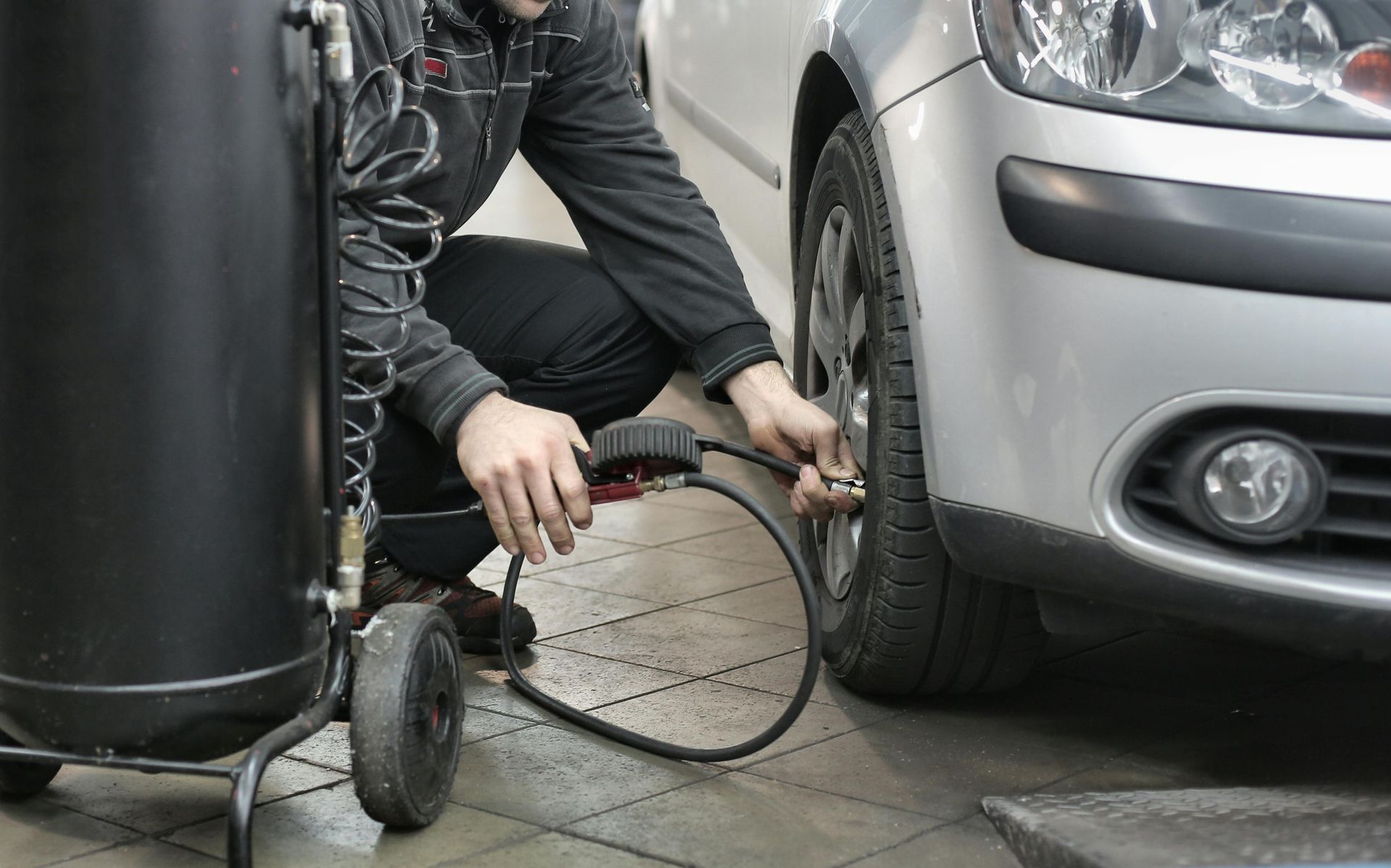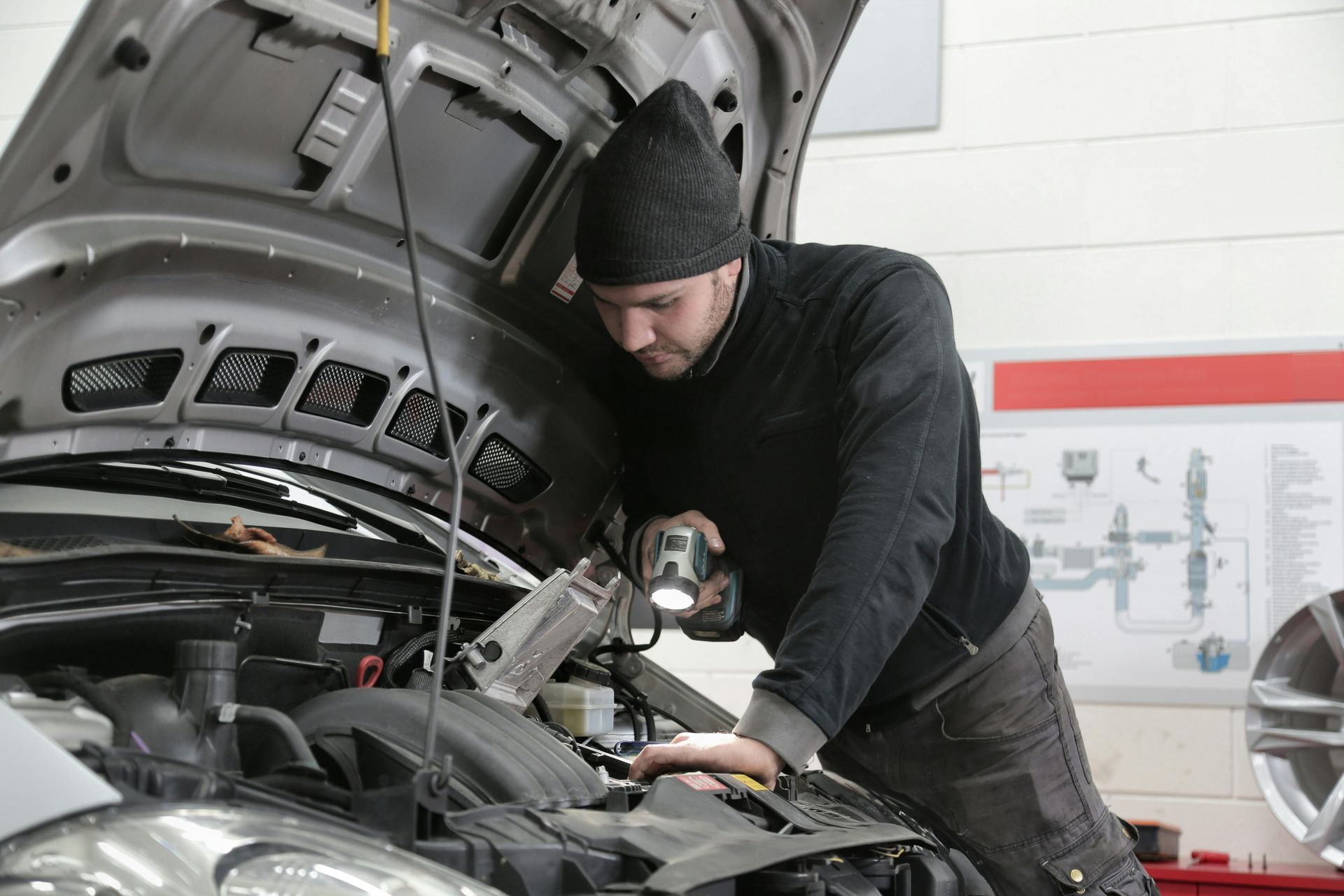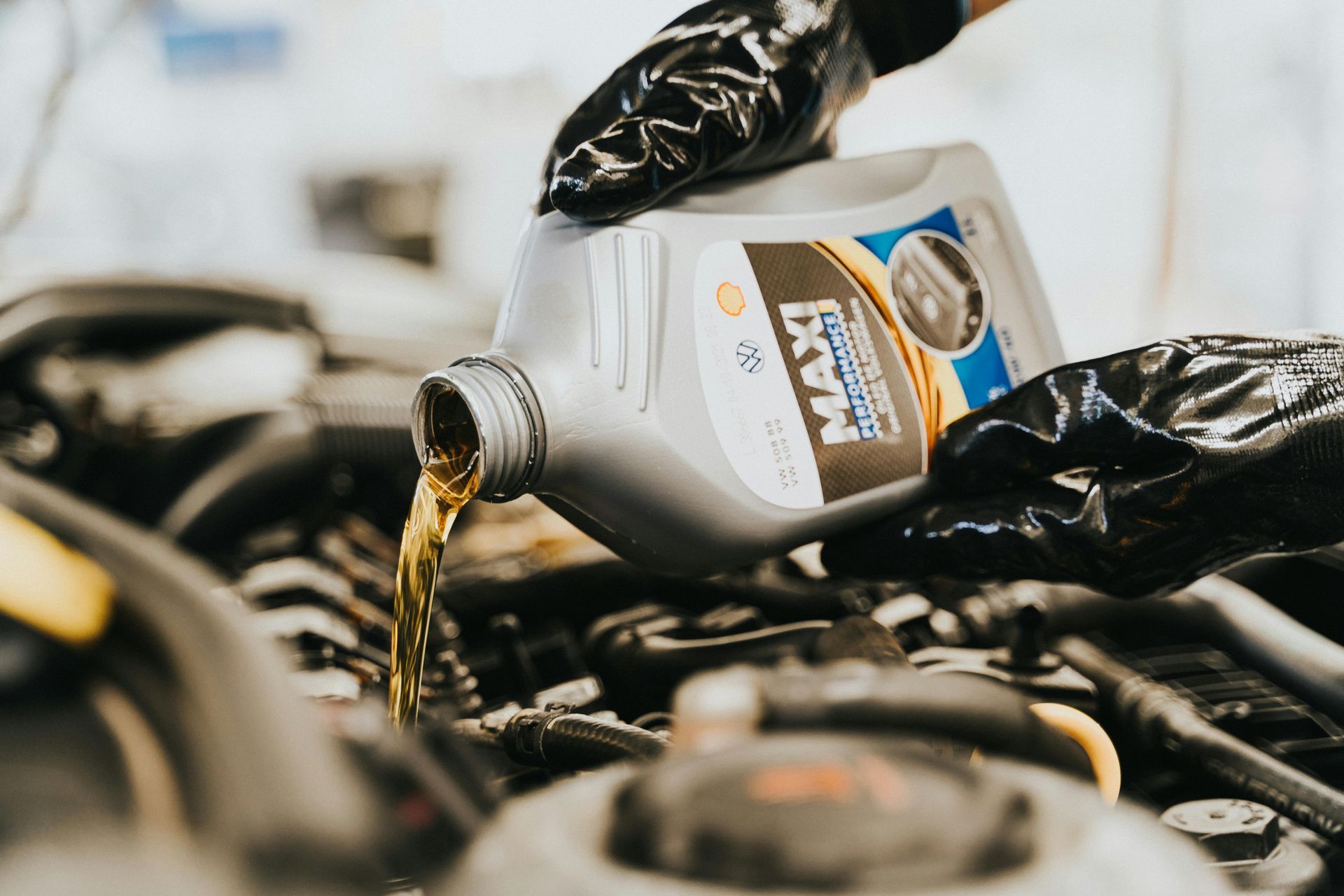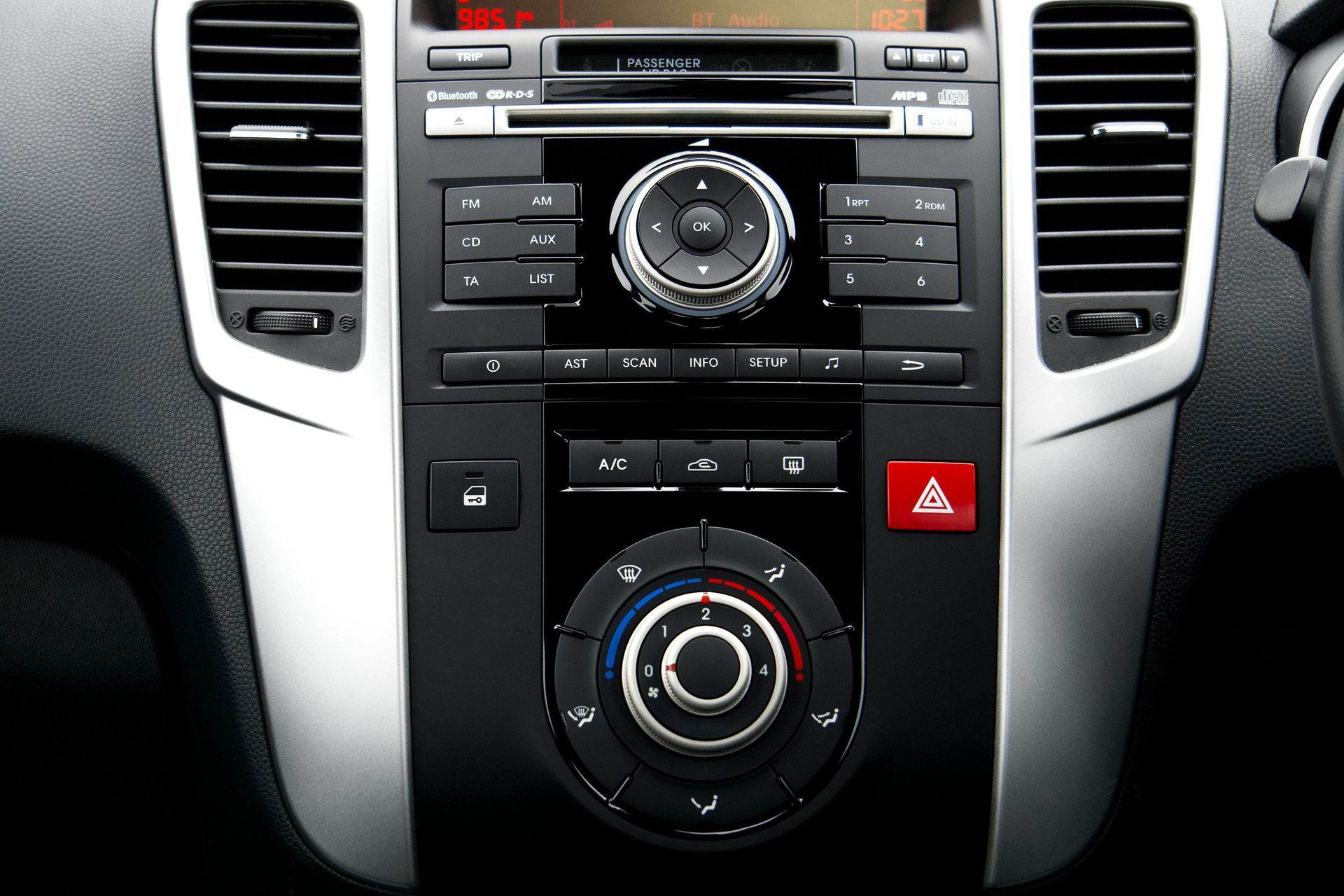How Wheel Alignment Issues Affect Your Steering and Suspension
If you've ever noticed your vehicle pulling to one side while driving down State Street or felt your steering wheel vibrating as you cruise along I-15, you might be experiencing wheel alignment issues. For Salt Lake City drivers, proper wheel alignment isn't just about extending tire life—it's crucial for safety, performance, and the overall health of your vehicle's steering and suspension systems.
What Is Wheel Alignment?
Wheel alignment refers to adjusting the angles of your wheels to match the manufacturer's specifications. It involves three primary measurements:
- Camber: The inward or outward tilt of your wheels when viewed from the front
- Toe: Whether your wheels point inward or outward when viewed from above
- Caster: The angle of your steering axis when viewed from the side
When these angles are properly aligned, your vehicle handles correctly and your tires wear evenly. When they're off, numerous problems can develop.
Common Causes of Misalignment in Salt Lake City
Several factors can knock your wheels out of alignment, many of which are particularly common in our area:
- Rough roads: Salt Lake's winter-damaged streets and construction zones can impact alignment
- Potholes: A single significant pothole encounter, especially common after our freeze-thaw cycles
- Curb impacts: Accidentally hitting curbs, particularly in snowy conditions
- Mountain driving: Navigating the steep grades and uneven surfaces of nearby canyon roads
- Normal wear: Suspension components naturally wear over time, affecting alignment
- Accidents: Even minor fender benders can alter your vehicle's alignment
Warning Signs of Alignment Problems
Your vehicle will usually give you clear indicators when alignment issues are present:
- Vehicle pulling: Your car drifts to one side even on level roads
- Uneven tire wear: Tires showing more wear on inner or outer edges
- Crooked steering wheel: Wheel isn't centered when driving straight
- Steering wheel vibration: Shaking or vibrating, especially at higher speeds
- Squealing tires: Unusual noise when turning or driving straight
- Decreased fuel efficiency: Misalignment creates drag, reducing MPG
How Misalignment Affects Your Steering System
Your vehicle's steering system is designed to work with proper alignment. When alignment is off:
- Steering responsiveness decreases: The vehicle becomes less predictable
- Steering effort increases: You may need to apply more force to maintain direction
- Steering components wear prematurely: Tie rod ends, steering rack, and other components face excess stress
- Steering stability suffers: You might notice wandering or floating sensations
This can be particularly dangerous on Salt Lake's canyon roads or during unexpected winter weather conditions.
Impact on Your Suspension System
Your suspension system works hand-in-hand with proper alignment. Misalignment can:
- Accelerate wear on ball joints: These critical components connect your control arms to steering knuckles
- Stress control arm bushings: Leading to squeaks, rattles, and eventual failure
- Overload struts and shocks: Causing them to deteriorate faster than normal
- Create uneven spring compression: Potentially leading to sagging or breakage
The result is not just a less comfortable ride but potentially costly repairs down the road.
The Domino Effect on Other Vehicle Systems
Alignment issues rarely exist in isolation. When left uncorrected, they can affect:
- Tires: Uneven and accelerated tire wear can reduce tread life by 50% or more
- Braking system: Uneven tire contact with the road can extend stopping distances
- Fuel economy: Increased rolling resistance can reduce efficiency by 1-2 MPG
- Vehicle stability control: Electronic systems may have to work harder to maintain control
When to Get Your Alignment Checked
You should have your alignment inspected:
- After hitting a significant pothole or curb
- When installing new tires
- If you notice any of the warning signs mentioned above
- At least once a year as preventative maintenance
- After any suspension repair work
- Following an accident, even a minor one
For Salt Lake City drivers dealing with our unique road conditions, seasonal alignment checks are particularly valuable—especially after winter when road damage is most prevalent.
The Alignment Process
A professional alignment service includes:
- Initial inspection: Checking tire wear patterns and current alignment measurements
- Adjustment: Precision corrections to camber, toe, and caster angles
- Road test: Ensuring the vehicle drives straight and handles properly
- Documentation: Providing before and after measurements for your records
Modern alignment equipment uses computer-assisted technology to achieve manufacturer-specified angles within fractions of a degree.
Trust Jones Complete Car Care for Your Alignment Needs
If you're experiencing any symptoms of misalignment, don't wait until you need new tires or suspension repairs. At Jones Complete Car Care, our ASE-certified technicians have the advanced equipment and expertise to diagnose and correct alignment issues before they cause cascading problems throughout your vehicle.
Our comprehensive alignment service includes a thorough inspection of your steering and suspension components, precise adjustments to manufacturer specifications, and a road test to ensure everything performs as it should.
With three convenient locations serving the Salt Lake area, we're ready to help keep your vehicle tracking straight and your suspension system healthy. Call our Salt Lake City location at 801-269-0111 or visit us at 4621 South 900 East to schedule your wheel alignment today. Drive with confidence knowing your vehicle is properly aligned for Salt Lake City's diverse driving conditions!










